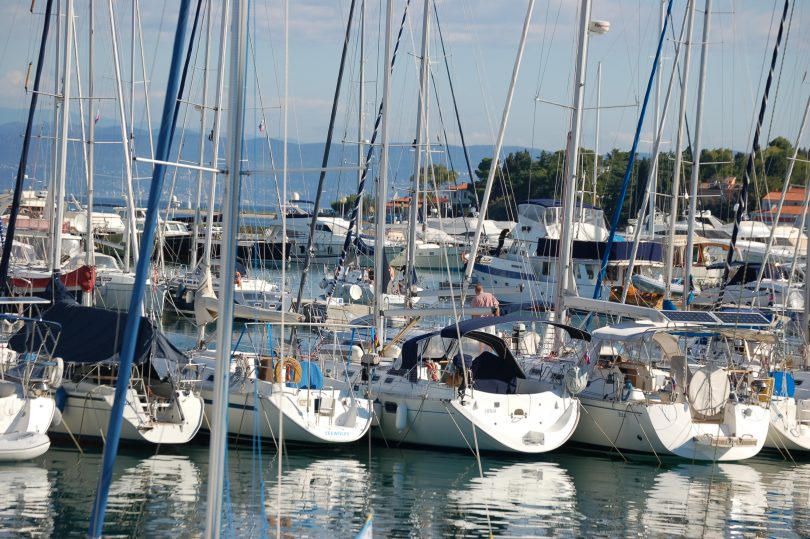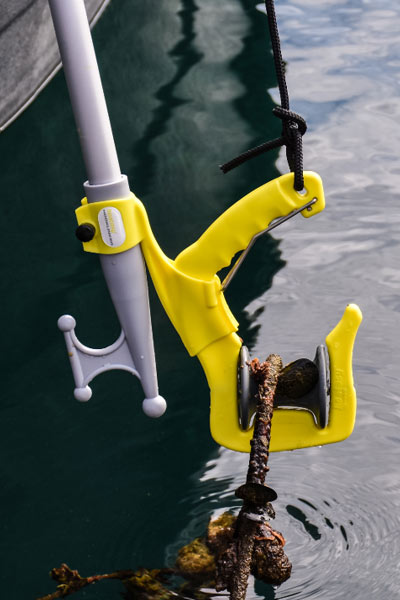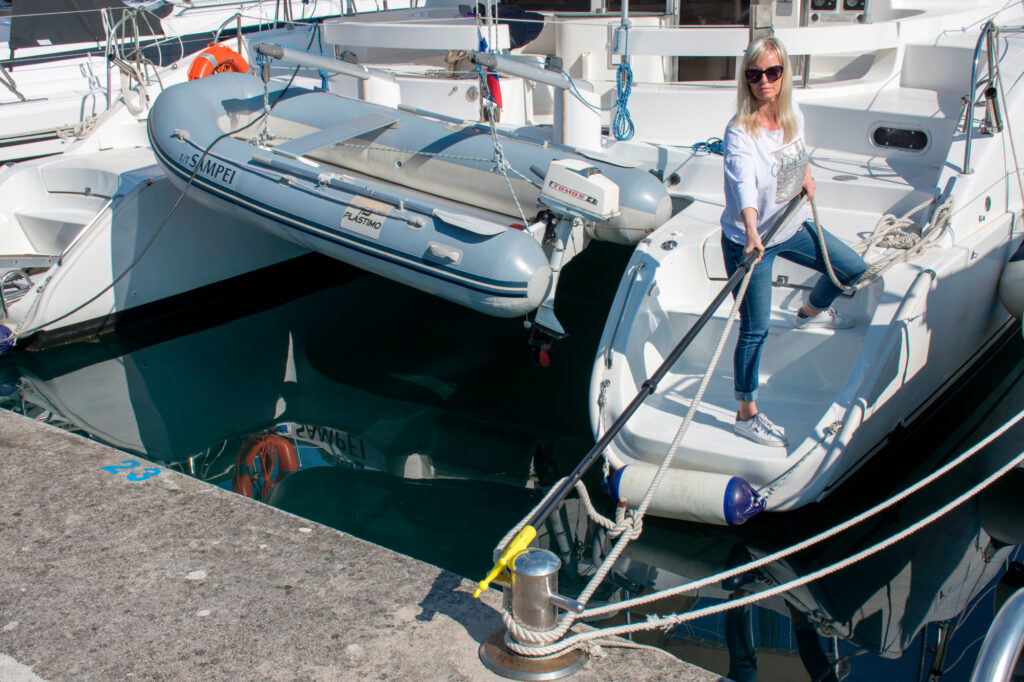
Marina Maneuvers and entering marinas and smaller harbors can be one of the most challenging aspects of boating especially in unfavorable weather conditions. Proper preparation of the vessel and crew is crucial for a successful Marina Maneuvers and safe mooring. It is impoirtant to rely heavily on the knowledge and experience of the boat captain and their crew.
Assessing the Captain’s and Crew’s Abilities
Smooth mooring heavily relies on effective collaboration between the boat captain and their crew. Before setting sail, it’s essential to assess whether you possess sufficient knowledge and practical experience to handle the vessel in various weather conditions. Realistic self-assessment is key, considering all potential challenging factors that could impact your journey and Marina Maneuvers.
Presenting the Mooring Plan to the Crew
The mooring plan must be explained to the crew, emphasizing their roles and responsibilities. Each crew member should be actively involved and capable of executing their tasks effectively during the mooring process and Marina Maneuvers.
Analyzing All Factors and Planning the Mooring
Mooring requires careful and decisive action from the captain. It involves multiple phases, some of which may last only seconds, leaving little time for adjustments. Therefore, thorough analysis of all relevant factors beforehand is crucial. This includes current weather conditions (wind, stream), the mooring location (pier caracteristic) and type, vessel response in confined areas, and the crew’s expertise. Experienced crew members are essential and should assist with mooring operations.
Preparing Equipment for Mooring
Equipment preparation before mooring is essential, as there is limited time for adjustments during the process. It is important to tie the fenders in the proper place. Place the ball fender on the stern part of the boat and others positioned on exposed side, covering the boat gunwale and side plates.
Ensuring all necessary equipment is in place and ready for use beforehand is critical for a smooth mooring. The equipment consists of 2 stern lines and a boat hook.
To optimize the process, it is recommended to use the GHOOK with the HOOKLINKER for smooth and fast attachment of the loops of the stern lines. Additionally, the special boat hook DOCKHOOK is beneficial in windy conditions and side winds causing vessel drift.

Establishing Order on the Vessel Before Mooring
During mooring, individuals not involved in the process should move to less disruptive areas of the vessel. This minimizes interference with the crew’s activities and reduces the risk of accidents.
Navigating to the Mooring Location
The captain’s primary responsibility during mooring is to safely navigate the vessel, considering factors such as speed, direction, and potential obstacles. Maintaining focus and quick decision-making are essential, especially given the rapid sequence of events during mooring.
It is crucial that the captain is able to maneuver the vessel in reverse to the mooring position, which is located in the basin between the docks. In the Mediterranean marinas, moorings (lazy lines) often obstruct navigation, leaving boats with limited space to maneuver. Therefore, it is essential to turn the vessel early and reverse it directly to the mooring position before space becomes restricted.
Safety Considerations During Mooring
In the event of unsuccessful mooring, prompt action and an alternative plan are necessary to minimize negative outcomes. Seeking assistance from harbor personnel or nearby vessels may be required in challenging situations.
Required Knowledge and Experience for Mooring
Proper training and practical experience of Marina Maneuvers are essential for navigating and mooring vessels safely. Captains and crew members should undergo comprehensive training courses and regularly refresh their skills to ensure proficiency.

Safety is paramount during mooring, with all actions requiring careful and precise execution to prevent accidents or damage to the vessel. Communication among the crew is crucial, with clear and decisive instructions from the captain guiding the process.
Optimize Marina Maneuvers with GHOOK, HOOKLINKER, and DOCKHOOK products which are well recognized all over the world for their innovative solutions and quality.
Conclusion
Mastering the art of mooring requires a combination of knowledge, experience, and effective teamwork. By adequately preparing and familiarizing themselves on specialized courses with mooring procedures, captains and their crews can navigate marinas and harbors with confidence and skill.